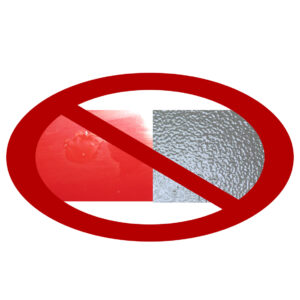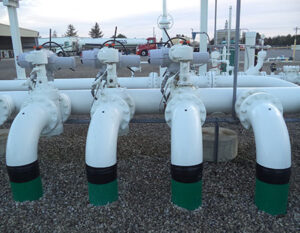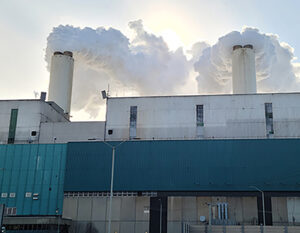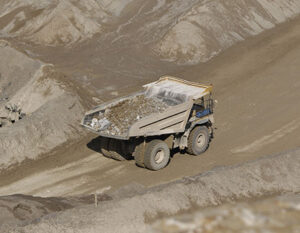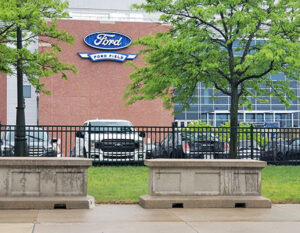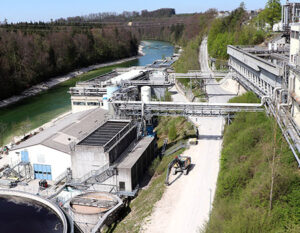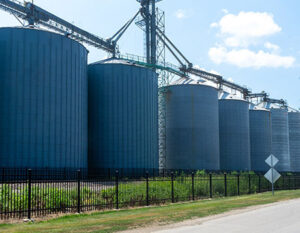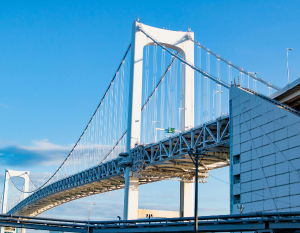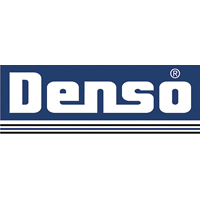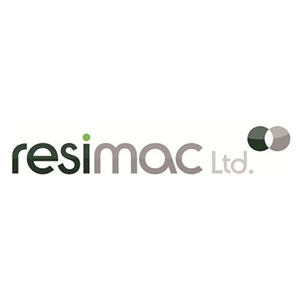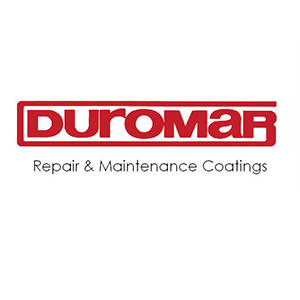How to Perfect Cold Weather Applications: Differences
If you are not used to cold weather applications it can be tough to start out. The product will often have a longer pot life and longer application time in lower temperatures. Many coatings must maintain a specific temperature range to remain effective. Be sure to carefully read the technical data and to be aware of all the products you are using while coating in the winter months.

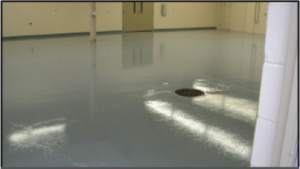
Safe Transport and Storage
Please be careful when you are transporting materials and be aware of the temperature they are being exposed to. You must be sure to move your professional grade products inside for storage so they can offer long-term solutions. You can damage concrete by exposing it to repeated freezing and thawing which causes water that enters the surface. If you apply a coating under these conditions it can result in displacement of the concrete which can cause scaling or spalling.

How to Safely Heat
You should be leery of fumes when heating an environment up for a job in enclosed spaces. Fumes that many people don’t consider are from gas, kerosene and diesel heaters. While electric heaters take the longest to get a room up to the desired temperature, it is often the safest choice.
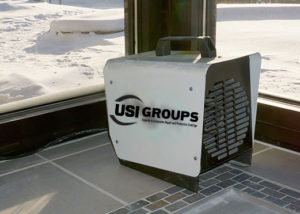
Inconsistencies in Heating
Keep in mind that the floor slab is often much colder than room temperature when preparing for a job. Ground temperature influences a floor slab’s temperature and outdoor temperature will do the same for external walls. This makes the middle of the floor slab the warmest part. Doorways are another place that temperature changes may occur due to drafts. You can help avoid drafts by using tack tape around the doorway. Substrate temperatures may vary with several variables while coating. One of the best ways to handle this hurdle is using a contact thermometer to measure the surface temperature.
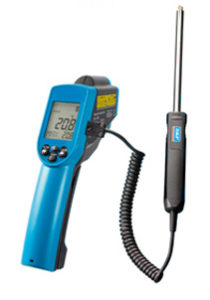
Failures to Avoid
Roof leaks are a big problem when applying a coating. If moisture settles on the surface it may cause the coating to get a milky whiteness on the surface which is called blooming. This may also cause an orange peel effect which will cause the coating to have a textured appearance. If the atmosphere is very humid the water within the product will not be able to rise and this will prevent curing as well. It is not advised to apply an epoxy if the temperature is less than 10 degrees and/or the humidity is greater than 80%.
